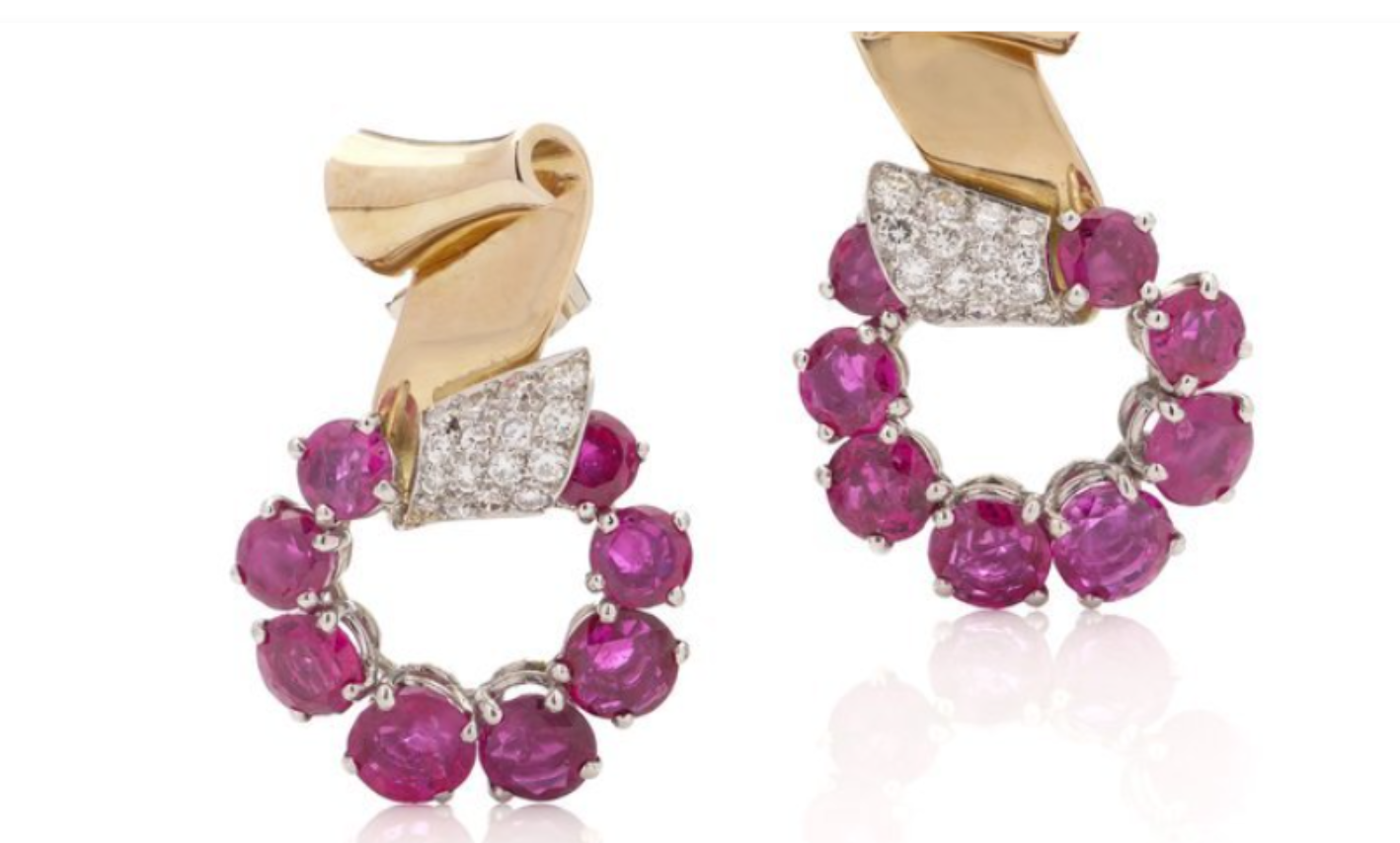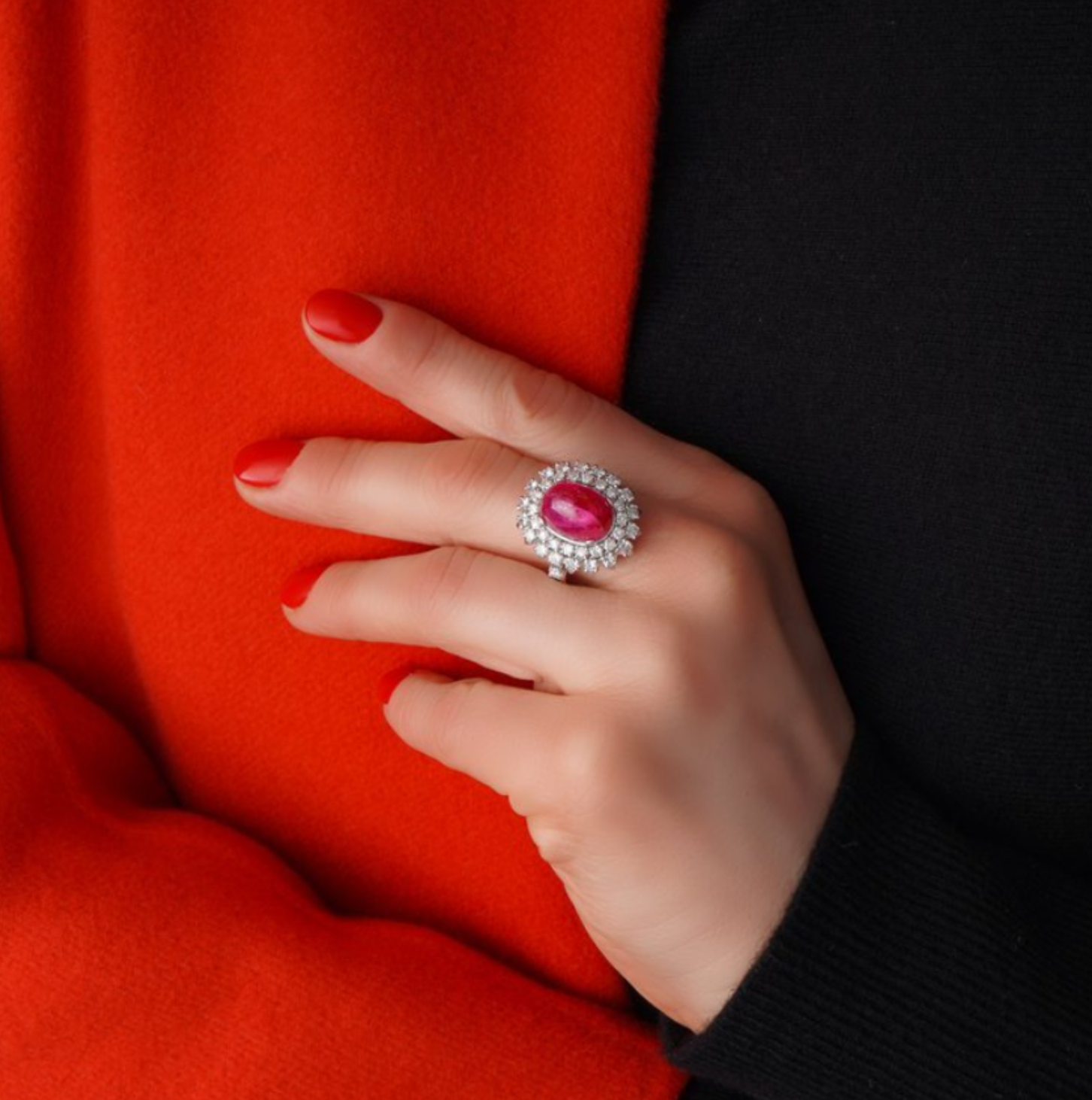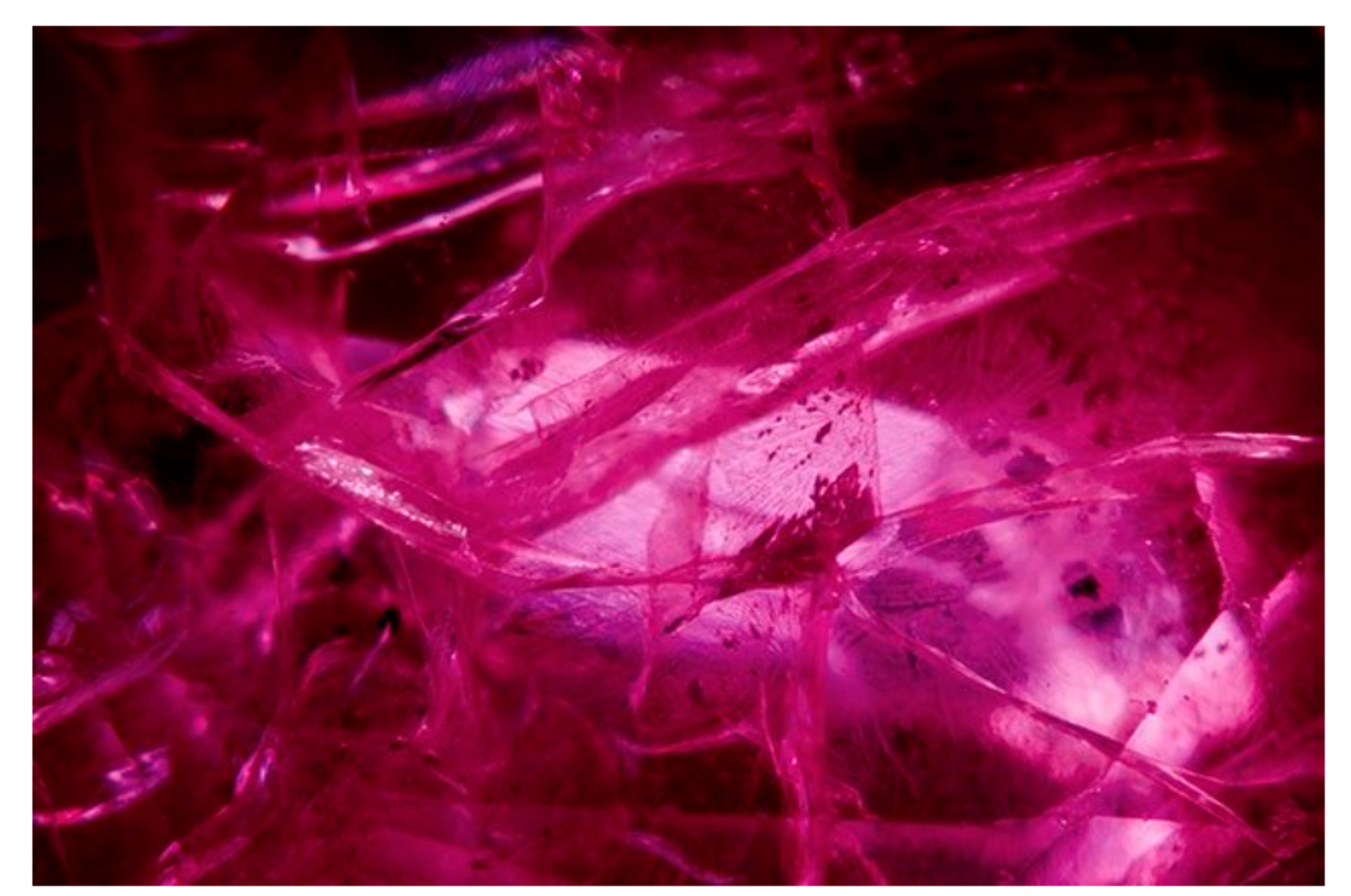How to Identify Genuine Rubies and Synthetic or Fake Ones
A Comprehensive Guide: How to Differentiate Between Genuine Rubies and Synthetic Ones
Quick Answer
To identify a genuine ruby, examine its internal characteristics: authentic rubies typically show slight natural imperfections and color variations. If the stone appears completely flawless or contains round bubbles, it's likely synthetic or fake. Natural rubies also exhibit a deep "pigeon blood" red color and should be able to scratch glass due to their hardness rating of 9 on the Mohs scale.
Quick Facts About Rubies
- 💎 Natural rubies are rarer than diamonds
- 🔍 Genuine rubies have a Mohs hardness of 9.0
- 🌡️ Can be identified using UV fluorescence testing
- 💫 Natural inclusions are visible under 10x magnification
- 💰 Fine rubies over 1 carat can be more valuable than diamonds
Rubies, the fiery gemstones coveted for their intense red hue, have fascinated humanity for centuries. However, in the age of technology, distinguishing between genuine rubies and their synthetic or fake counterparts has become increasingly challenging. This comprehensive guide equips you with the knowledge needed to differentiate between authentic rubies and their imitations.

Elegant gold and platinum pair of ruby earrings, image courtesy of Mozeris Fine Antiques
Understanding Rubies
Rubies, the gemstone variety of the mineral corundum, owe their vibrant red colour to the presence of chromium. In nature, these precious stones form deep within the Earth's crust, subjected to immense heat and pressure over millions of years.
Characteristics of Genuine Rubies
Colour and Intensity
Genuine rubies exhibit a rich, deep red colour, often described as "pigeon blood red." The intensity of this hue is a hallmark of their authenticity.
Clarity and Transparency
Authentic rubies possess excellent clarity with minimal inclusions. Hold a ruby up to the light; if you observe any visible flaws or air bubbles, it may be a synthetic or fake stone.
Hardness and Durability
Rubies score 9 on the Mohs scale, indicating exceptional hardness. This characteristic makes them resistant to scratches, a quality rarely found in synthetic varieties.

Natural ruby and diamond ladies cluster ring, image courtesy of Mozeris Fine Antiques
Synthetic Rubies: Identifying the Telltale Signs
Flawless Perfection
Most synthetic rubies lack the imperfections present in natural stones. If a ruby appears too flawless, it might be a lab-grown imitation.
Inclusions and Growth Lines
Synthetic rubies often contain noticeable inclusions or growth lines under magnification. These marks, absent in genuine rubies, are remnants of the manufacturing process.

Large oval-cut natural ruby, image courtesy of GIA
Fake Rubies: Common Imposters
Glass Imitations
Glass rubies, despite their visual similarity, lack the hardness of genuine stones. A scratch test can reveal their true nature.
Composite Rubies
Composite rubies combine real ruby shards with other materials. These hybrids can be identified by visible layers or inconsistencies in colour and texture.

Magnification of the internal structure of the synthetic ruby showing high-relief trapped gas bubbles and blue and orange flash effects, image courtesy of GIA
Frequently Asked Questions About Rubies
You can perform several preliminary tests at home to check if your ruby is genuine:
- Examine under bright light: Look for natural inclusions and color variations
- Perform a scratch test: A genuine ruby (Mohs hardness 9) can scratch glass
- Check for bubbles: Natural rubies don't have round bubble inclusions
- Observe color consistency: Natural rubies often show slight color zoning
- Use a loupe or magnifying glass to look for natural inclusions
However, for definitive authentication, professional gemological testing is recommended.
When examining a ruby with the naked eye, look for these characteristics:
- Deep red to slightly purplish-red color
- Subtle color variations rather than perfect consistency
- Slight natural inclusions (though some may be eye-clean)
- Bright luster but not overly glassy appearance
- Sharp facet edges and symmetrical cut (in faceted stones)
Both natural and synthetic rubies can fluoresce under UV light, but they often show different patterns:
- Natural rubies typically show a strong red fluorescence
- Synthetic rubies may display a more uniform, chalky red fluorescence
- Glass imitations usually show no fluorescence or a different color
- The presence or absence of fluorescence alone is not conclusive
A genuine ruby displays these distinctive visual characteristics:
- Color ranges from pink-red to deep "pigeon blood" red
- High transparency with a bright, vitreous luster
- May contain natural inclusions like "silk" (rutile needles)
- Can show color zoning or subtle color variations
- Well-cut stones exhibit brilliant light return and fire
Ruby values vary significantly based on several factors:
- Fine quality rubies can range from $1,000 to $100,000+ per carat
- Factors affecting value include:
- Color intensity and purity
- Size (larger stones command premium prices)
- Origin (Burmese rubies typically command highest prices)
- Clarity and transparency
- Treatment status (untreated stones are most valuable)
High-quality rubies exhibit several key characteristics:
- Vivid, saturated red color (preferably "pigeon blood" red)
- High transparency and clarity
- Minimal visible inclusions
- Strong light return and brilliance
- Well-proportioned cut with good symmetry
- Natural origin with minimal or no treatment
Key differences between natural and lab-created rubies include:
- Growth patterns: Natural rubies show angular growth, lab-created show curved patterns
- Inclusions: Natural stones have distinctive crystal inclusions; synthetic ones may have gas bubbles
- Color zoning: Natural stones often show irregular color distribution
- Price: Lab-created rubies are significantly less expensive
- Chemical composition is identical, making advanced testing necessary for definitive identification
Several gemstones are commonly mistaken for rubies:
- Garnet (especially Pyrope-Almandine varieties)
- Red Spinel
- Red Tourmaline (Rubellite)
- Red Glass
- Red Synthetic Corundum
- Red Composite Stones
A "perfect" ruby would exhibit these characteristics:
- Vivid "pigeon blood" red color
- Excellent transparency
- Minimal visible inclusions
- Strong fluorescence under UV light
- Ideal cut proportions for maximum brilliance
- No treatments or enhancements
- Origin from a premium source (e.g., Burma/Myanmar)
Distinguish between ruby and garnet using these methods:
- Hardness: Ruby (9) is harder than garnet (6.5-7.5)
- Color: Rubies are red with slight purple/pink hints; garnets often have brown/orange undertones
- Brilliance: Rubies show more fire and brilliance
- Price: Quality rubies are significantly more expensive
- Double refraction: Rubies show double refraction, garnets are singly refractive

